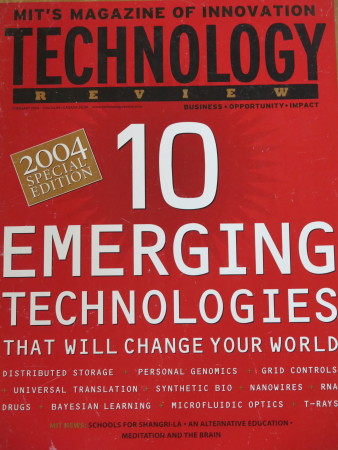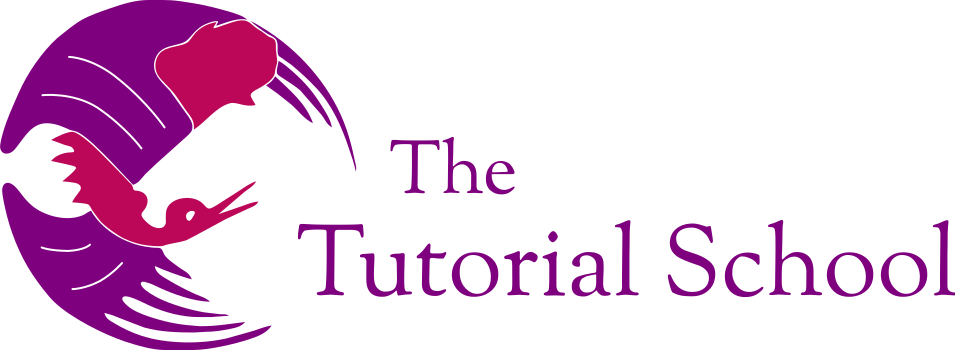 “Do you know what ‘curriculum’ really means?” Moe Zimmerberg ’79 asks almost as soon as you meet him. In Latin it means “running in circles,” he explains. Therefore, at the Tutorial School in Santa Fe, NM, which he founded with Richard Testa in 1992, there is no curriculum. There is, however, plenty of learning—in almost any subject a student requests. Zimmerberg, who has an undergraduate degree in neuroscience from MIT, believes that people naturally want to learn, so classes are available but not required. “We offer structure, but not coercion,” he explains.
“Do you know what ‘curriculum’ really means?” Moe Zimmerberg ’79 asks almost as soon as you meet him. In Latin it means “running in circles,” he explains. Therefore, at the Tutorial School in Santa Fe, NM, which he founded with Richard Testa in 1992, there is no curriculum. There is, however, plenty of learning—in almost any subject a student requests. Zimmerberg, who has an undergraduate degree in neuroscience from MIT, believes that people naturally want to learn, so classes are available but not required. “We offer structure, but not coercion,” he explains.
Presenting himself with the carelessness of a counterculture intellectual, the lanky Zimmerberg is appealing in a former-hippie kind of way: his khaki pants are too big, his polo shirt is wrinkled, and his black beard radiates a paradoxical excess of two opposed qualities—serenity and an intense urgency—simultaneously. He is one of the two full-time faculty members at the Tutorial School, a small private school located in a couple of homey adobe buildings on Santa Fe’s south side. Iku Fujimatsu, the other permanent teacher, initially joined the school because a student wanted to learn Japanese. Now she covers arts and crafts as well. Testa died in 2002; six to 10 part-time and guest teachers now offer such courses as anatomy, photography, sign language, and fencing.
The 25 students, aged six to 18, enrolled this year for a variety of reasons, but mostly, Zimmerberg believes, because “they’re ready to start taking charge of their lives.” Academically, socially, and in all matters concerning school governance, students are equal partners with the faculty. In fact, the only rule students don’t get a choice about is the one that says they must take responsibility for themselves and their education. Everyone is the school participates in the All-School Council, setting policies and reaching “agreements” about their work.
Getting Here
Zimmerberg always thought he would be a scientist. He went to MIT planning to study physics and math, but he was so impressed by neuroscientist H.L. Teuber that he changed directions. “He was studying the way the brain works by doing research on soldiers from World War II who had gunshot wounds to the head,” Zimmerberg remembers. “He was such an inspiring man, I sat in the first row just to see the expressions on his face.” Zimmerberg decided to study neuroscience and did interdisciplinary work in psychophysics and perception. Although he had always expected to become to a professor, he gradually grew disillusioned with the business of science. “People were very supportive in the lab,” he says, “but outside of that, there was so much competition for grants and positions. It wasn’t the kind of environment I wanted to work in.”
A couple of years of travel, which included acting in a play that toured public schools in central Washington state, helped him clarify his goals. He discovered a love and aptitude for working with children. So in 1981, he moved south and began studying elementary education at the College of Santa Fe.
“Relationship is Everything”
Thirteen years later, the school may not be for everyone, but some people are taking it very seriously. Cary and Susan Stickney, who are both PhD’s and full-time “tutors” at nearby St. John’s College, sent their daughter to the Tutorial School this year largely because of Zimmerberg himself. “He’s a pretty straight shooter,” says Cary. “His academic credentials are impressive, and his relaxed, unpretentious attitude makes me think he will be a great person for Amelia to work with.”
Hannah Griscom, a 1993 graduate of the Tutorial School who attended the University of Arizona, has a similar impression of her former teacher. Until she met him, she says, “I didn’t know somebody could be so smart and could still be such a great person.” Griscom’s classmate Jenny Mundy-Castle, who graduated magna cum laude from Columbia University, is now exploring doctoral programs in international educational development. Although she was only at the school for a year and a half, she says her Tutorial School education gets the credit for a “a huge portion of who I am and what I’ve been able to do in my life.”
Although there are more lucrative professions available to MIT graduates, Zimmerberg sees his choice as a natural outgrowth of the education he received in Cambridge. He cites the “attitude of innovation” and “culture of entrepreneurship” at the institute as resources he draws on in his work today. But mostly it’s about relationships. “MIT has an incredible respect for students,” he says. “It is very supportive of people who are self-motivated, and those are principles we apply to everything we do here.”
